You are spoiled for choice when it comes to the different types of roof shingles that are available on the market. These types differ in terms of the material they are made of, including but not limited to metal, wood, and asphalt. The option you go for influences how much your roof can withstand adverse weather conditions such as hail, strong winds, and heavy rain. Each type, however, carries its own advantages as well as disadvantages. Whether you’re planning a major home renovation, constructing a new house, or buying a new property, weighing the pros and cons of each shingle material type will allow you to make an informed choice.
Three-Tab Asphalt Shingles
Also referred to as strip shingles, three-tab asphalt shingles are named after the method in which they are prepared and installed. They are rather basic in terms of form and are composed of one layer of asphalt which is later cut into strips. Three-tab roofing shingles also have a flat appearance, almost resembling slate after installation. This type is known to be the most common option for roof replacements or new installations.
Pros
Since strip shingles consist of single layers, they tend to be rather lightweight. This is why they are relatively easier and more affordable to install than other shingle roofing materials. You may be paying as little as $0.90 per square foot for strip shingle roofing and a total installation price of $5000 to $12,000. Three-tabs are also available in a variety of colors, offering aesthetic appeal to the roof.
Cons
Although they usually last up to 20 years, three-tab shingles have been known to wear out quicker than other types of asphalt roofing such as architectural shingles. Moreover, their flat shape may not be visually pleasing to homeowners who prefer more texture.
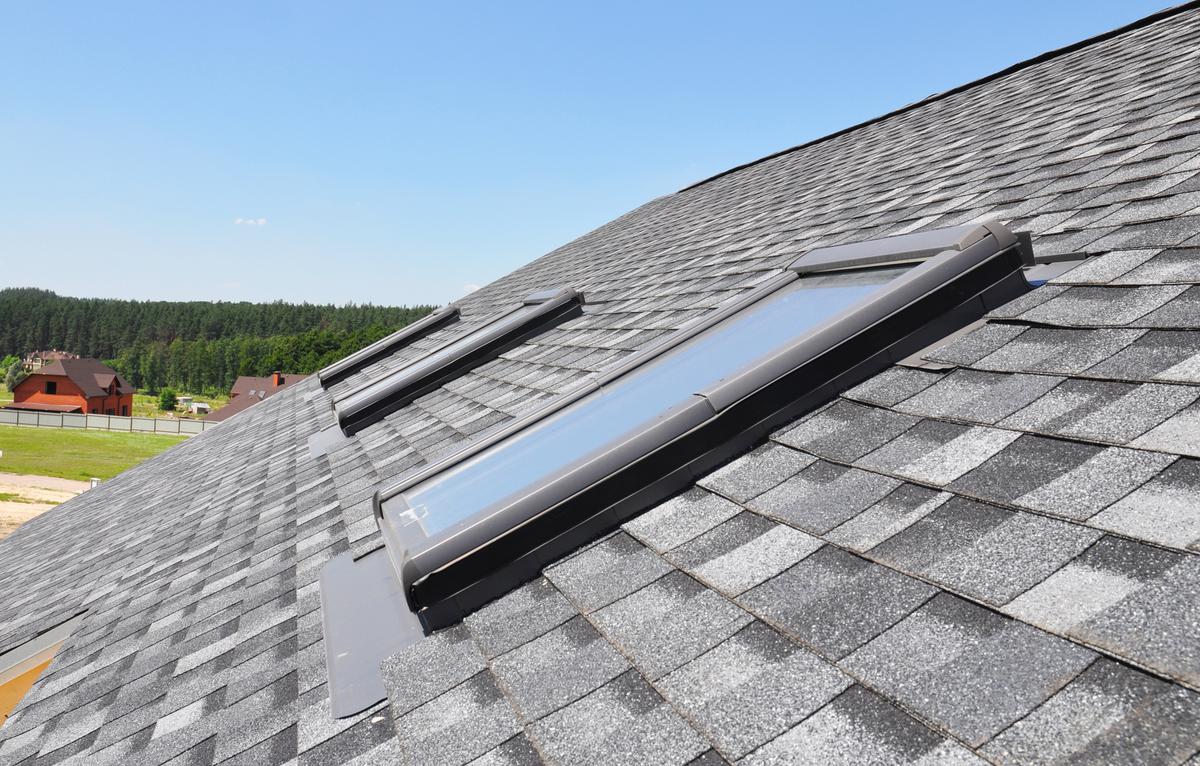
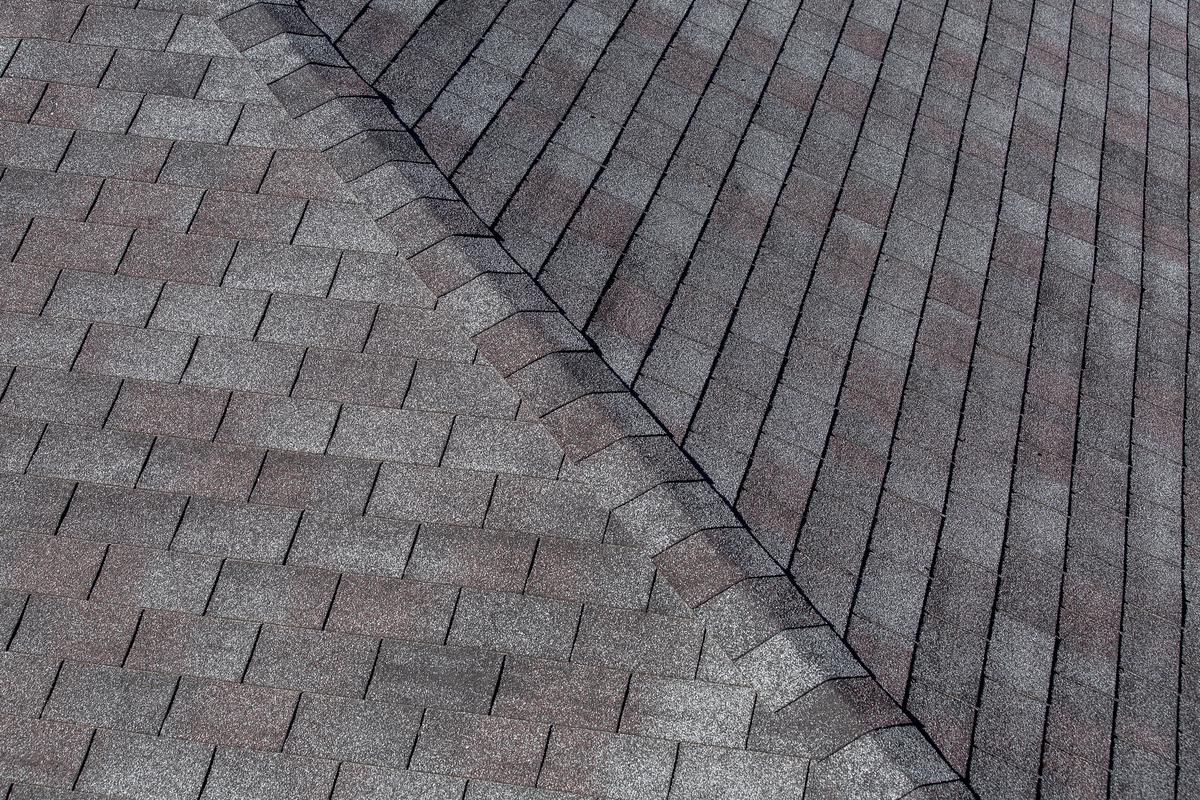
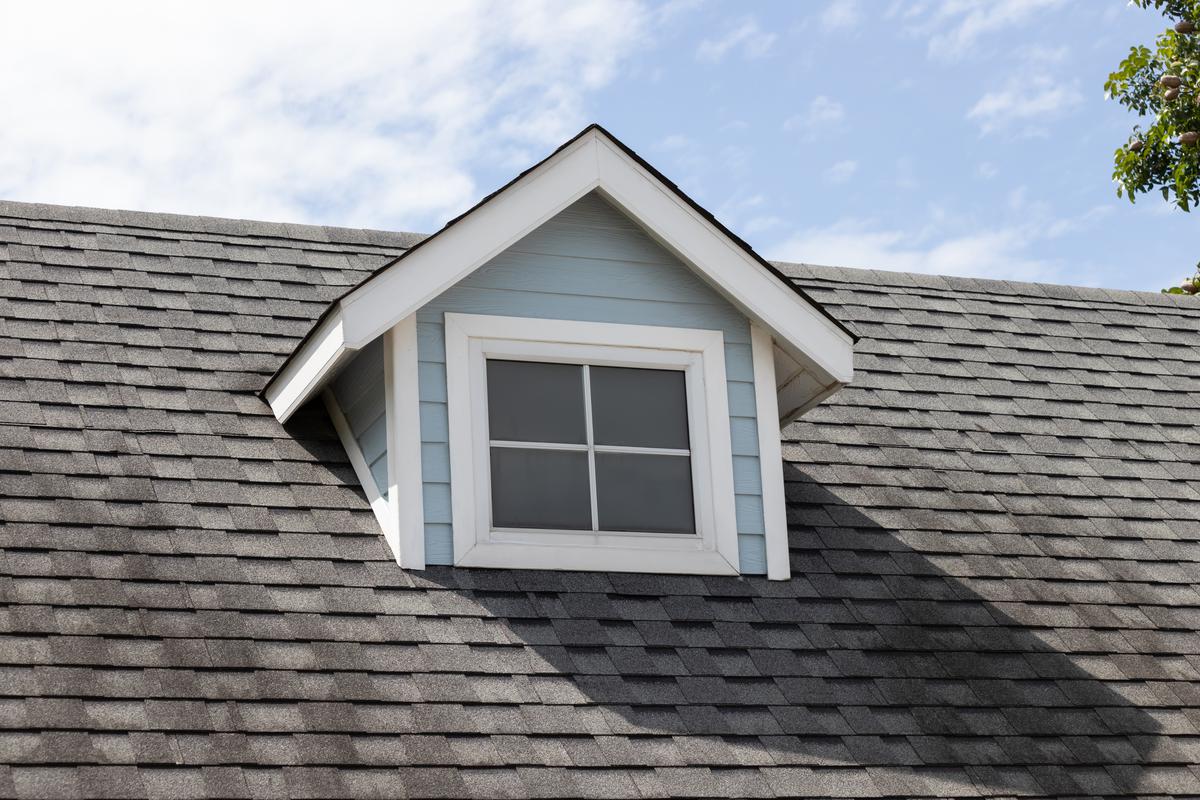
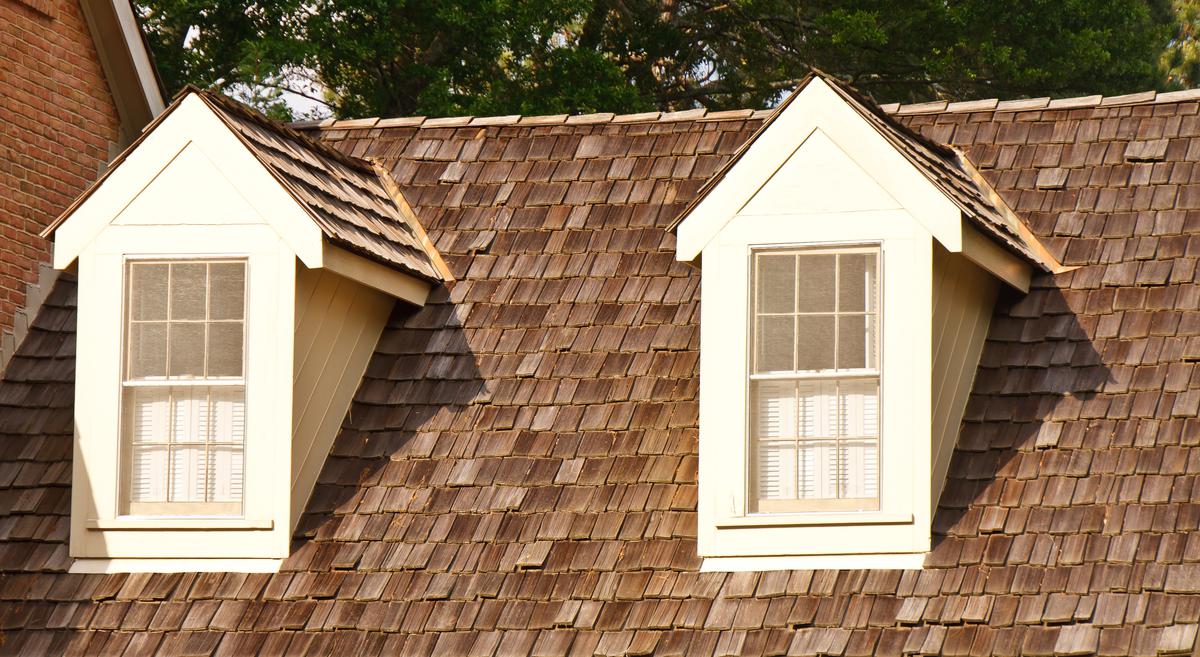
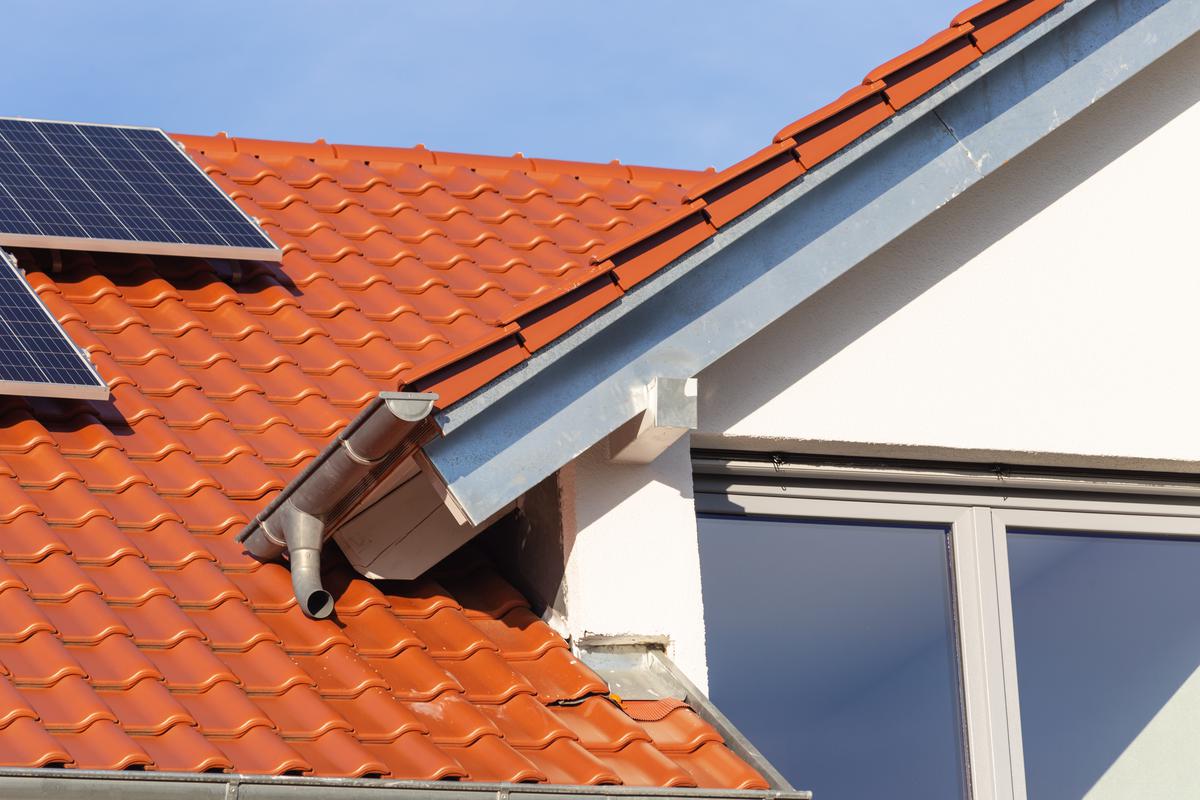
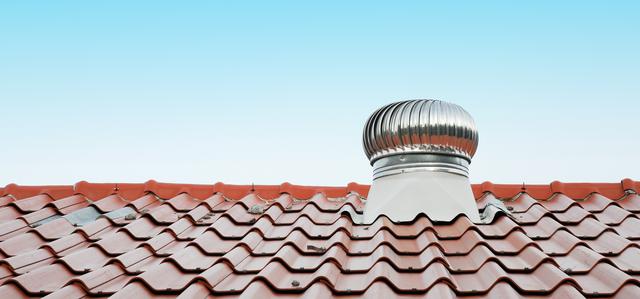
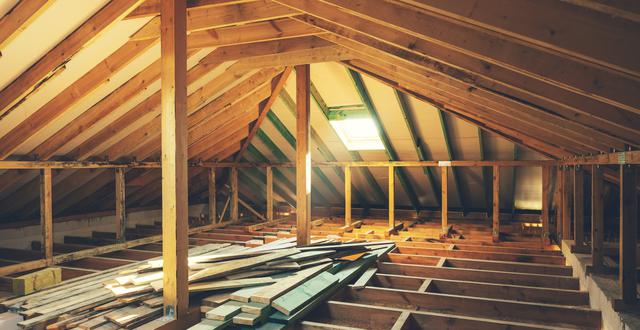
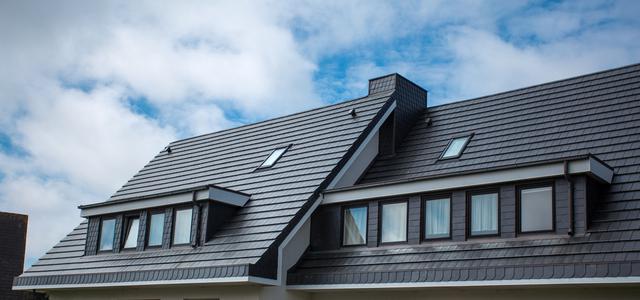
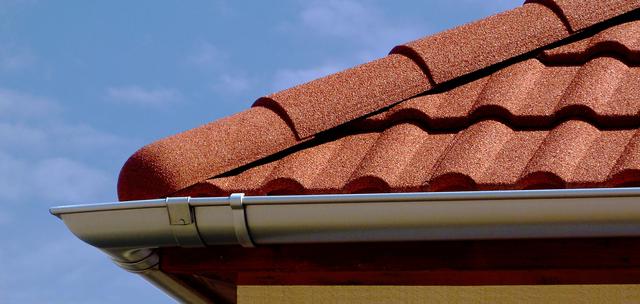
comments